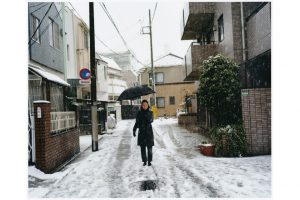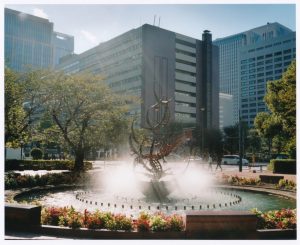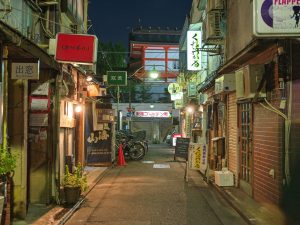When the closest station from our house changed from Iidabashi to Kudanshita, my new regular route to school included climbing the Kudansaka slope that runs on the south side of the Yasukuni-jinja Shrine.
My friends and I got into mountain climbing from my third year of junior high into my high school years. I slowly bought and accumulated quality climbing gear at specialty stores. It was the start of my mountain climbing career that continues to this day. After school, I would go to the stores in Jimbōchō to look at used books and climbing gear. In junior high, I was greatly impacted by the writings of Ryotaro Shiba, Makoto Shiina, and the canoeist Tomosuke Noda. Reading Noda’s books got me interested in environmental issues, and when in high school, I joined a protest against the construction of a tidal barrage on Nagara-gawa River. I went by myself, wearing my school uniform.
In my second year of junior high, I began traveling around Japan alone and taking photographs. As I kept taking trips and sleeping outdoors, my hunger to travel overseas began to grow.
It was around then that my world history teacher, “Mr. I,” who used to backpack as a student, told us about his trip to India. Intrigued, I got him to teach me the ins and outs of traveling, and in my second year in high school, during my summer vacation, I took a solo trip to India and Nepal.
There were some dangerous encounters, but any fears were trumped by my sense of curiosity. It may be that I have an unusually strong drive to explore the unknown places of the world.
Today, I work with some of the publishers in this neighborhood, and I still visit the National Museum of Modern Art, Tokyo quite often. I also still go to Jimbōchō looking for mountain gear and used books, and to see movies at the Iwanami Hall. It is an area of Tokyo that I continue to feel very connected to.
Kudanshita age 13-18
Naoki Ishikawa: Traveling Through My Memories of Tokyo
No.006
Kudanshita 2016/7/7
Photo & text: Naoki Ishikawa
At one point during the 14 years that Naoki Ishikawa attended the Gyosei Gakuen schools (kindergarten through high school), his family moved. This changed the closest station for his commute from Iidabashi to Kudanshita station. In this neighborhood of his youth, he encountered Yasukuni-jinja Shrine, the castle moats of Kitanomaru-koen Park, and Chidorigafuchi Moat.
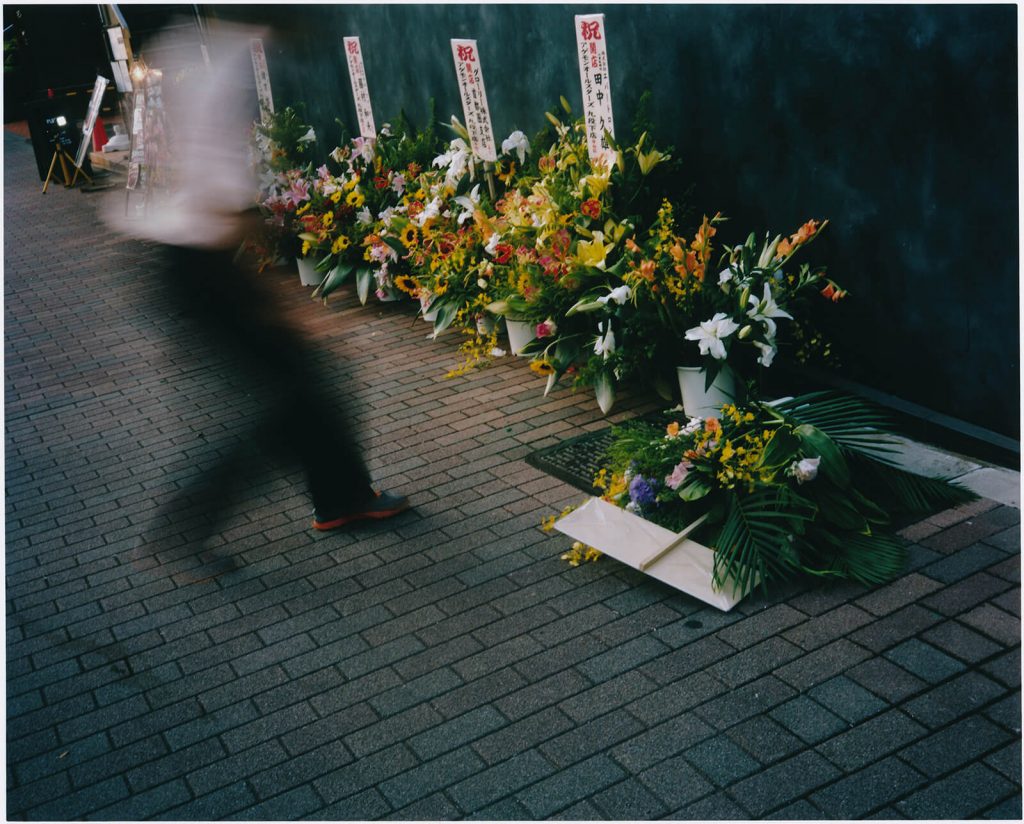
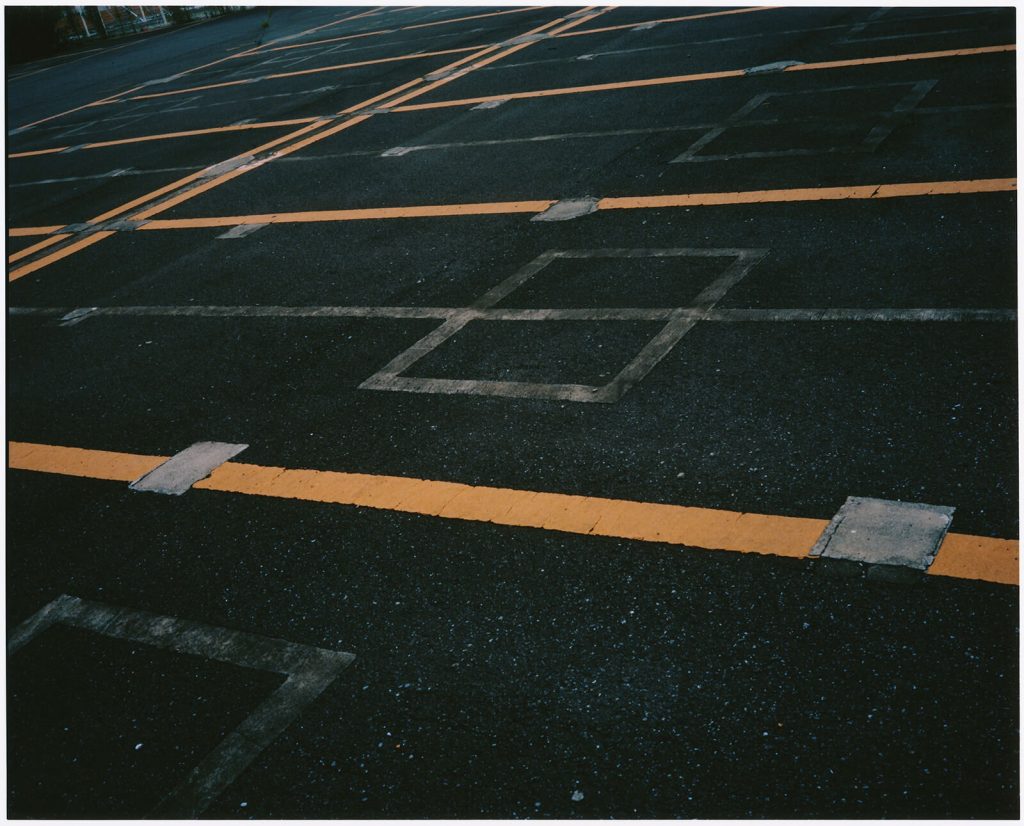
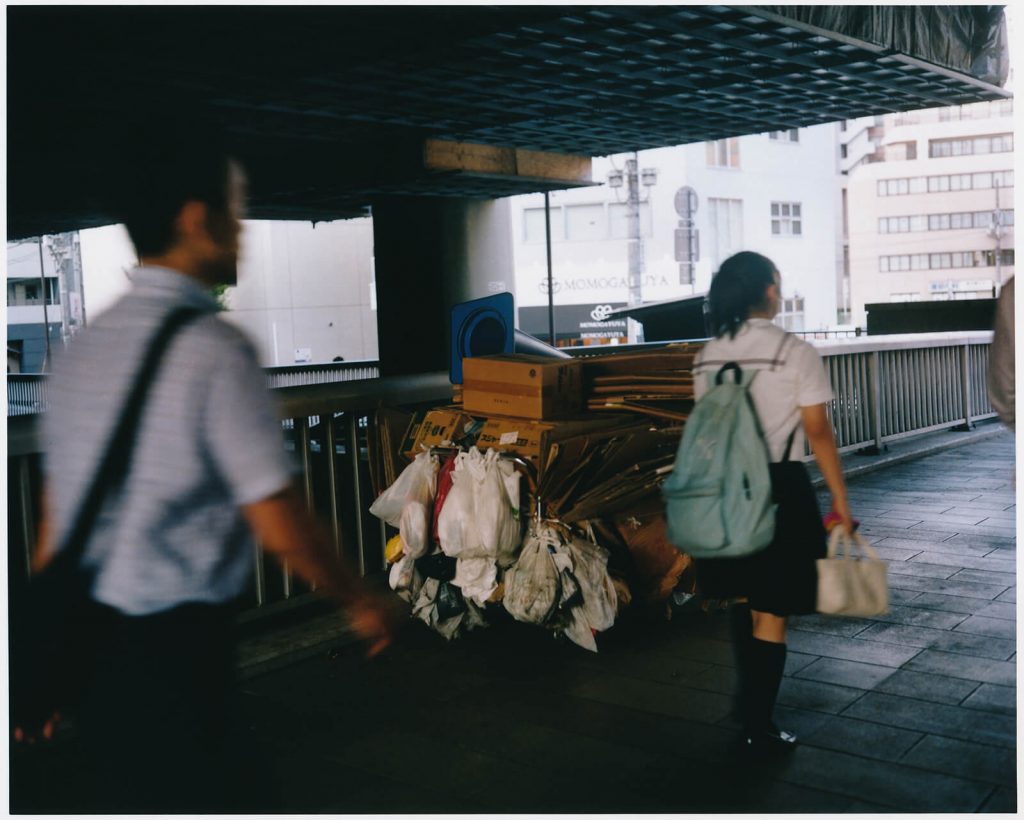
Original text was written in Japanese by Naoki Ishikawa. Edited and translated by Kae Shigeno.
Naoki Ishikawa
Born in Tokyo, 1977. Graduated from Tokyo University of Arts, the Doctor’s Course (later program). He is interested in anthropology and cultural anthropology, traveling to every corner of the world, from remote areas to cities to take photographs. He received a New Face Award from the Photographic Society of Japan, for NEW DIMENSION (AKAAKA Art Publishing) and a Culture Award from Kodansha for POLAR (littlemore). He also received a Domon Ken Award for CORONA (Seidosha). He has also written books, such as Saigo no Bōkenka (The Last Adventurer) (Shueisha), which received a Takeshi Kaikō Non-Fiction Award. He is currently working on publishing four sequences of photography books: Lhotse, Qomolangma, Manaslu, Makalu (SLANT), which feature peaks above 8000m in the Himalayas. His latest photography book, Kata to Satoyama (Seidosha), was published in July, 2015.



